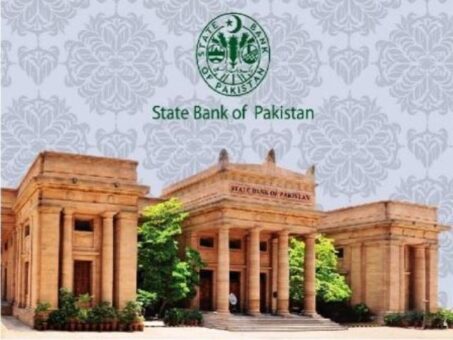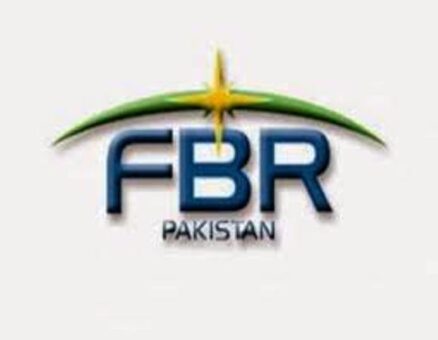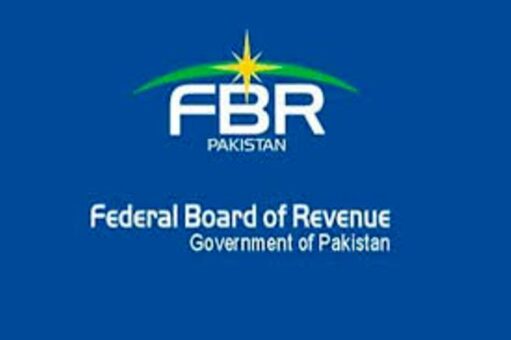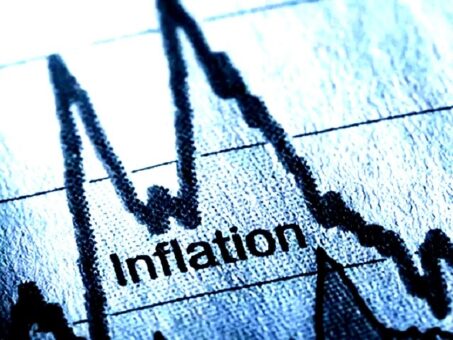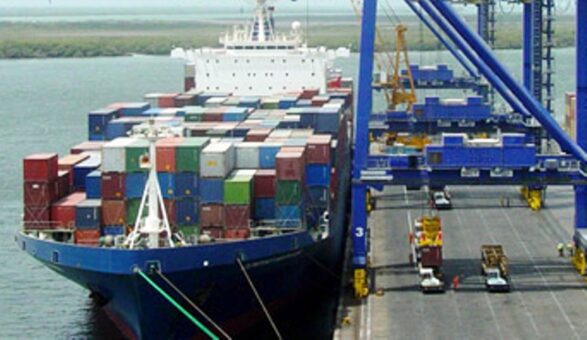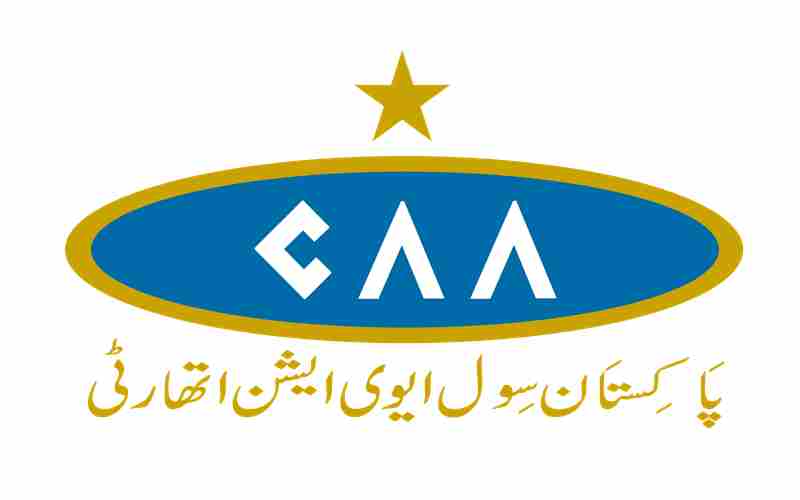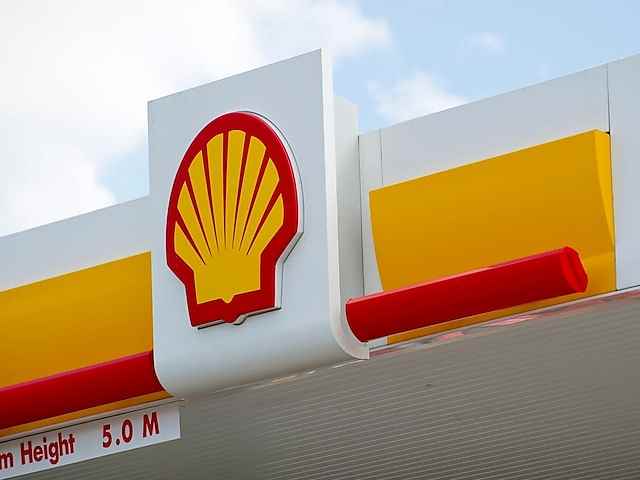ISLAMABAD: The President of Pakistan, Dr. Arif Alvi has rejected plea in six different cases filed by Habib Bank Limited (HBL) and ordered to pay victims.
A statement issued on stated that the President ordered the HBL to compensate the victims of online banking fraud as justifications presented by the bank were not sufficient.
READ MORE: HBL ordered to compensate bank fraud victim
Dr. Alvi directed HBL to refund and compensate the 6 defrauded customers with their stolen money and observed that since the bank failed to prove observance of relevant provision of laws, rules and regulations, therefore, its representations were devoid of any merit and deserved to be rejected.
The President rejected HBL’s six representations involving a total amount of Rs. one million and observed that victims were deprived of their hard earned deposits when the bank unilaterally activated the electronic funds transfer (EFT) facility without the request/consent of account holders and failed to put in place necessary safeguards against online exploitation of the account holders by the fraudsters.
READ MORE: FBR directed to bring entire sugar supply chain into tax net
In all six cases, the President found the bank negligent of its duty to inform the account holders about the pros and cons of activating the electronic funds transfer (EFT) as required by the mandatory guidelines of the State Bank of Pakistan (SBP).
Had the bank not opened EFT facility without customers’ consent, the account holders could have avoided the financial loss, he added.
The President rejected the bank’s claim that all transactions were 3D secured, being a secondary step, by observing that the State Bank of Pakistan (SBP), required all banks to register its customers for internet banking prior to offering them internet based products and services and putting in place all necessary safety measures to safeguard its clients from fraudsters.
READ MORE: President Alvi directs bank to refund unfair recovery
In his decisions, the President concluded that since the bank could not produce any evidence to the effect that it had complied with the provisions of relevant laws, rules and regulations, therefore, its representations were devoid of any merit and deserved to be rejected.
According to details, the account holders were called by fraudsters who lured them in their trap by providing them information regarding their names, CNIC, dates of birth, ATM Card numbers and obtained from them the names of their mothers and used this information to deprive the account holders of their deposits by making multiple e-commerce transactions, even though the bank customers were not using any mobile app and they were also in possession of their ATM Cards.
The victims approached their respective bank branches to freeze their accounts and seek refund, however, they were not provided any relief by the bank on the grounds that they themselves had shared their personal banking credentials with unknown callers.
READ MORE: President Alvi rejects FBR plea in maladministration cases
Feeling aggrieved, the account holders approached the Banking Mohtasib of Pakistan (BMP), after hearing arguments on account of banking malpractices, maladministration, wrong doings, the fraudulent transactions, the corrupt and malafide practices by the Bank officials, it decided the cases in favor of the applicants.
The Bank, however, chose to further escalate the matter and filed separate representations with the President which were rejected and the Bank was directed to comply with the directions of the Banking Ombudsman.

